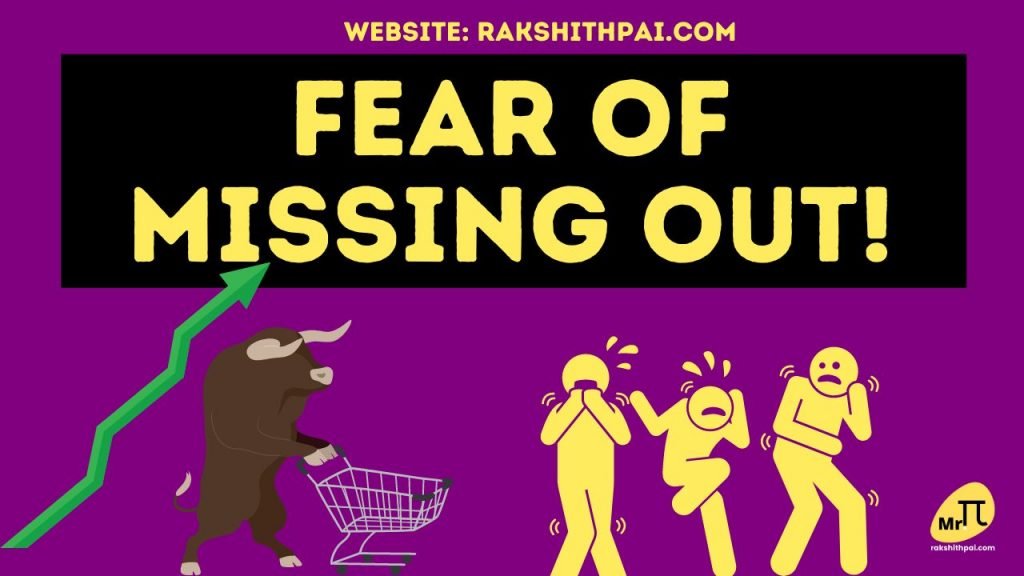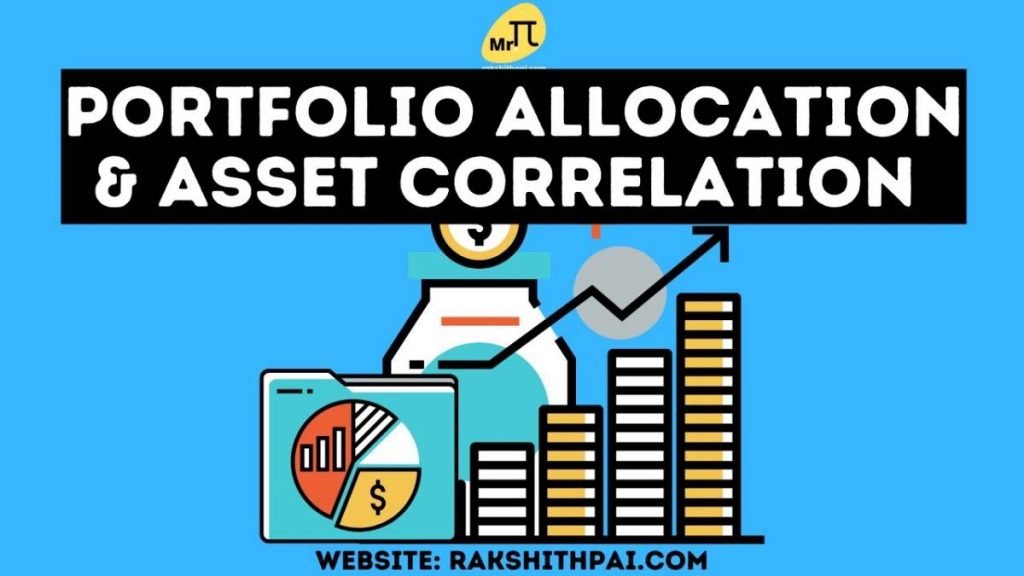Table of Contents
Trading as A Source of Income:
It is possible to “day trade,” or purchase and sell many securities during a single trading day or even within a single trading minute, hour, day, week, month, and a swing of sessions.
Nothing about investing in the conventional sense is involved. Because, trading makes use of the normal, expected range of price changes throughout a trading session. That’s all there is.
Some days traders dive in without doing their homework. Despite the risks, many people are able to make a part of living through day trading.
But, all in all, is it possible to make a living out of Stock Trading Income? And, if so, How to do it?
Why Day Trade in Stock Market?
Trading is the easiest way to earn money but the toughest way to make a living. If you follow a proper system in trading, you can earn a decent amount. Sometimes you lose money too. But it is extremely difficult to make a living from it. What I mean is that you can earn money from trading. It’s possible, but the money isn’t as substantial as you might think.
With that said, I want you to concentrate on trading as if it were one of your many other sources of income. Do not overestimate your trading income unless you intend to become a full-time trader.
For example, I’ve been trading for almost 8 years now. I started making good returns in the past 3 years. And, according to me, good returns are when you make 3 to 5% net profit per month on your trading capital.
Not all months, but if the year goes well, we can expect a net profit of 20 to 30% on our trading capital at the end of the year.

Here are my top 10 tips and suggestions for beginner traders:
Tip 1: Learn first
It’s time that we give trading the respect it deserves. I mean, we earn from our employment, and for that, we have to complete some kind of formal education, which we get through college degrees and such. Then what makes you think that trading is doable without the right knowledge?
Find a mentor who can teach you how to trade. I’m not asking you to subscribe to any paid subscriptions. In fact, please stay away from them. What I mean is that there are YouTube channels, websites, books, and so on where you can read about and follow people you find genuine.
Tip 2: Build a system
You might have heard the terms “system,” “strategy,” and such. What are those?
In simple terms, trading is based on two aspects.
- Chart reading: No matter what, you cannot succeed in trading without the skill to read charts. Using mostly candlesticks, each stick and the pattern it displays tells us a story. The story is nothing but whether the trade can make money or not.
- Technical tools: We take assistance from tools such as MACD, RSI, Bollinger Bands, Ichimoku Cloud, etc.
Pro tip: keep your trading strategy as simple as possible. You must be able to explain to a 10-year-old kid why you took the trade. It should be that simple.
Tip 3: Research
I spend at least an hour a day, every day, researching stocks to trade. The amount of time you must spend on your research is directly dependent on how serious you are about your trading.
Also here, there are certain paid tools that absolutely help you pick trades based on technical indicators and shortlist them so that a lot of time is saved. But 95% of such tools are not worth the money for us retail individuals. Unless, again, you are planning to become a professional full-time trader.
5 Aspects to Look For While Researching Stocks to Trade:
- Momentum
- Candle Patterns
- Trend Analysis
- Breakouts
- Key Levels
[Will give a detailed report on the list mentioned. Be sure to subscribe to our YouTube Channel and follow this Website.]
Tip 4: Risk Management
This is probably the most important tip. If you do not know how to manage your risk, there is a high possibility that you’ll be taught how to manage risk in harsh ways.
The market is not emotional. It doesn’t care about your money. So, you must do it for yourself.
Be prepared to lose money on every trade you make. And if you are not ready to lose any money, then this isn’t for you.
Losses can be minimized with proper risk management. Traders’ accounts can be shielded from total wipeouts with its aid. When the traders start losing their invested capital, the danger becomes real. Investors and traders have a better chance of generating a profit if they take steps to reduce the risk they face with a simple step called “stop loss.”
It’s a necessary but sometimes disregarded condition of effective active trading. After all, without a solid plan for dealing with risk, even a successful trader might see all of his or her hard-earned money disappear after only a few poor bets.
Ideally, I suggest a risk-to-return ratio of 1:2. You can make changes as per your requirements.
So, how do we deal with risk? The next 4 points explain this topic.
Tip 5: Emotional Maturity
Many people make this mistake. They try to time the market out of emotion, get scared to follow their own trading strategy, set a trailing stop loss, or trade out of fear or greed, and so on.
When you sit to trade, your only goal is to enter a trade, make money, and get out. However, before you start, you must decide on an entry point, a stop-loss level, and a target.
Trading is both a science and an art. You have to be serious about it, and only with the proper mindset can you ever make any money.
Overcome Greed & Fear!
Pigs get butchered, as the old Wall Street adage goes. To squeeze every last cent out of a successful position, greedy investors will often hold on for too long. Eventually, the tide turns, and the greedy pay the price.
On the other hand, traders avoid setting up a strict stop loss or may neglect their own stop loss, and when the limit is breached, they are in panic, not knowing what to do next.
Such unwanted greed and fear will undoubtedly drain their bank accounts.
It takes a lot of effort to overcome greed and fear. Motivation for this behavior typically stems from a desire to outdo oneself or acquire a marginal advantage.
Traders should train themselves to detect this inclination and create a trading strategy that is grounded in logic rather than gut feelings.
Tip 6: Set a stop loss.
You might think of a stop-loss as a prearranged sell order for when an asset hits a certain price. It is a trading tool for determining the lower bound on a trade’s potential gain or loss. The idea is useful for both day trading and swing trading.
In exchange for a predetermined brokerage fee, an investor might make an automated order with their broker or agent. Stop-loss orders are often referred to as “stop orders” or “stop-market orders.” When an investor uses a stop-loss order, they tell their broker or agent to sell an investment if the price falls below a certain threshold.
The stop-loss is determined by the amount of money you are willing to lose.
For example, my trading capital is Rs. 1.3 lakh. I’m fine with losing Rs. 5,000 per trade at most. I never risk all 1.3 lahks on a single trade; anyway, when I take a trade, I set the stop loss such that if my trade fails, the maximum I lose is 5000 and no more.
This way, even in the worst case, on any trade, my maximum loss is Rs. 5,000, and if the market itself is on a downward trend, I take fewer trades.
Tip 7: Trailing winners
Trailing is nothing but pursuit. We must follow our trades if they are going up. Traders make mistakes when they sell as soon as they see a profit. Instead, closely monitor your trade to see if your stop-loss needs to be adjusted.
Basically, don’t disturb your winning trades. One way to see if there is a trend reversal is to check your moving averages. My suggestion is to keep a long-range moving average such as 90 or 44, and then to trace the trend reversal, you set a 15-day and a 7-day moving average.
Tip 8: Avoid Overtrading
In the financial markets, overtrading often called “churning,” occurs when a trader buys and sells financial products more frequently than is necessary. It means you have too many trades going at once or are risking too much money on a single deal.
We must take trade only as far as it is possible for us to track. Overtrading is when you have multiple open trades and you lose count and do not know what’s happening in your trades.
I suggest having a maximum of five to seven open trades at one point. So, it’ll be easier for you to track.
Tip 9: Discipline
Every deal the trader makes is predicated on a predetermined plan. You will calculate your target entry and exit prices, as well as your stop loss, using this strategy. Allowing yourself to view them without a good reason might have devastating consequences down the road.
Discipline is required for all eight points mentioned above to work.
It also implies that you must establish a specific time frame, trading strategy, stop loss, and target. To be a successful trader, you must basically stick with what has worked for you in the past.
Tip 10: Adapt
If even with the right strategy, and proper discipline, you aren’t making money, then you must change your way of trading.
Simply put, improvise, adapt, and overcome.
Conclusion:
The rising cost of living necessitates that most individuals find supplementary income in order to maintain their standard of living. With the convenience of online trading, many professionals now have an excuse for opening a Demat account and getting involved in the stock market.
It’s admirable that you’re prepared to put in work to increase your financial security, but you’ll need to educate yourself on the best ways to do it and the dangers you may face. You may get your feet wet in internet trading with tens of thousands of rupees and work your way up to lakhs and crores.
You already have a major source of income—a job that occupies most of your time—and you’re looking for a way to supplement it. But if you believe that all you need to do is spend an hour each morning reading financial journals and trading, you’re sorely mistaken. Trade like it’s your second job because that’s what it is if you want to make money on the side.
Of course, you won’t be able to put in as much time as a full-time trader can, but you still need to do what you can. Being patient is a vital trait in the competitive world of trading. Your inability to commit yourself fully to a deal may make you feel disappointed, but remember that possibilities like that will come and go. The best course of action is to be a disciplined trader.
Remember that bringing in more cash should not come at the expense of your main source of income. Your main source of income is still necessary for you to be able to invest money to create a side income. Achieving maximum efficiency requires striking a balance between the two. I hope this article helps you in your journey as a trader. Best of luck!
For More Information, Check this Video:
Disclaimer: All the information on this website is published in good faith and for general information purposes only.









